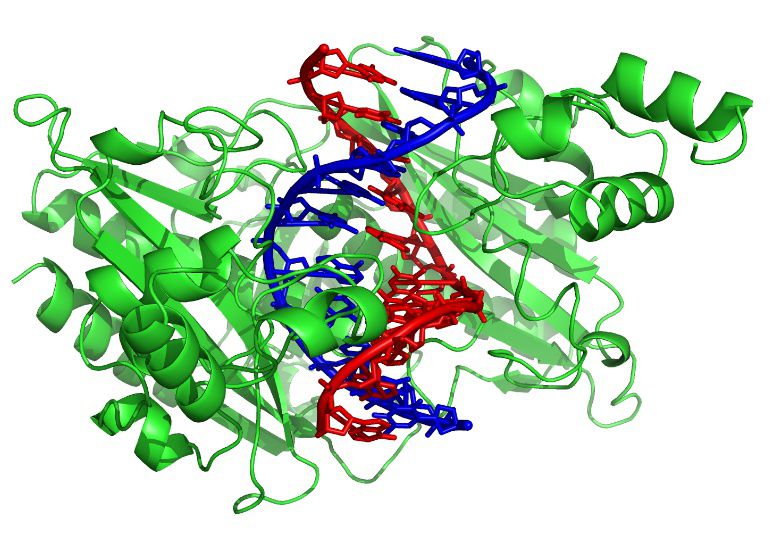-
 Brood
Brood
-
 Mesoderm
Mesoderm
-
 Core 2 Duo
Core 2 Duo
-
 R22
R22
-
 RSA
RSA
-
 Cuticle
Cuticle
-
 Capacitor
Capacitor
-
 Covalent bond
Covalent bond
-
 Swift
Swift
-
 Gonadotrophins
Gonadotrophins
-
 Procellariiformes
Procellariiformes
-
 Air pollutant concentrations
Air pollutant concentrations
-
 Glucose
Glucose
-
 Anechoic chamber
Anechoic chamber
-
 Antiepileptic
Antiepileptic
-
 Bib
Bib
-
 Ether
Ether
-
 Second
Second
-
 Regional metamorphism
Regional metamorphism
-
 Organoleptic
Organoleptic
-
 Hypoxia
Hypoxia
-
 Dengue fever virus
Dengue fever virus
-
 Aspartate
Aspartate
-
 Ductility
Ductility
-
 Meridian of a celestial body
Meridian of a celestial body
-
 Polydomy
Polydomy
-
 Ovovegetarian
Ovovegetarian
-
 Viscosity
Viscosity
-
 Gliding.
Gliding.
-
 Piciformes
Piciformes
Restriction enzymes
Structure of restriction enzymes
These enzymes are endonucleases. They have an active DNA hydrolysis site and also a target sequence recognition site, which is also known as the restriction site.
Function of restriction enzymes
Each restriction enzyme recognises and specifically cleaves a particular nucleic base sequence from four to ten base pairs long.
Restriction enzymes are produced by bacteria and are a means of defence against viral infections. They cut theDNA of these intruders into small pieces, reducing their infectivity (hence their name). The bacteria are protected by these enzymes as they methylate their own genome, preventing the enzymes from recognising the bacterial DNA as a target.
They are very widely used in molecular biology to extract or recombine fragments of DNA during cloning. EcoRI, BamHI or HindIII, which recognise the sequences GAATTC, GGATCC, AAGCTT respectively, are widely used.
 The restriction enzyme EcoRV (in green) cuts DNA through the two strands (red and blue). © Zephyris, Wikimedia, CC by-sa 3.0
The restriction enzyme EcoRV (in green) cuts DNA through the two strands (red and blue). © Zephyris, Wikimedia, CC by-sa 3.0
Latest
Fill out my online form.



